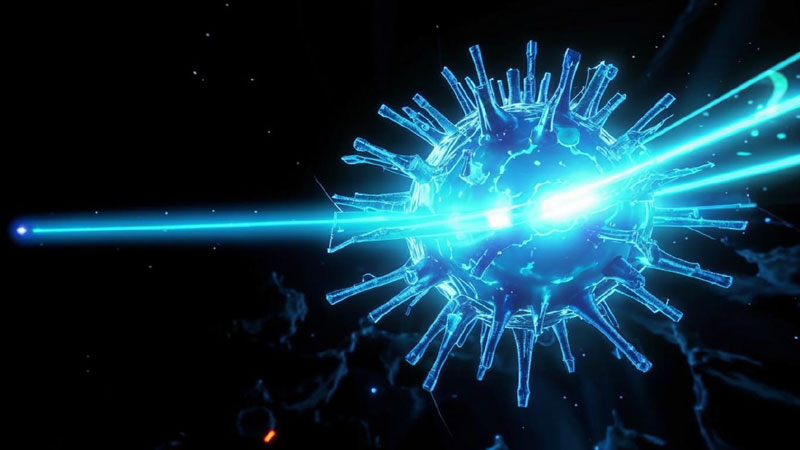A group of scientists from the University of Central Florida received a $1 million grant from the US Army to develop a semiconductor ultraviolet C-band laser. This is the extreme and most energetic part of the UV spectrum, capable of destroying viruses and bacteria in a matter of minutes . The military is interested in the issue of reliable disinfection of premises and water, which will also be in demand for civilian purposes.

Image source: AI generation Kandinsky 3.1/3DNews
The grant was awarded to scientists Leland Nordin and Leo Schowalter. The latter, together with Nobel laureate Hiroshi Amano, created the first UV-C laser at Nagoya University in 2019. Scientists must develop a technical process for growing UV-C lasers with minimal defects in the crystal structure, which will increase their service life to more than 10 thousand hours. Modern ultraviolet lasers have a limited service life and are not suitable for widespread use.
The military also hopes to use UV-C lasers for beyond-line-of-sight communications, explosive detection, and biological and chemical hazard recognition. For civilian applications, the most valuable feature will be the ability to quickly and easily sterilize premises, which is especially needed in hospitals. Subsequently, this technology can be integrated into smart home systems. In the absence of residents, with one click of a button it will be possible to disinfect rooms from bacteria and viruses.
Ultraviolet light from the Sun in the UV-C range practically does not reach the Earth’s surface. In fact, it is dangerous for all living things because it causes mutations in biological tissues. But this same feature allows us to expect excellent disinfection properties from the UV-C laser, which in light of the recent pandemic and the risk of new outbreaks simply cannot be overestimated.